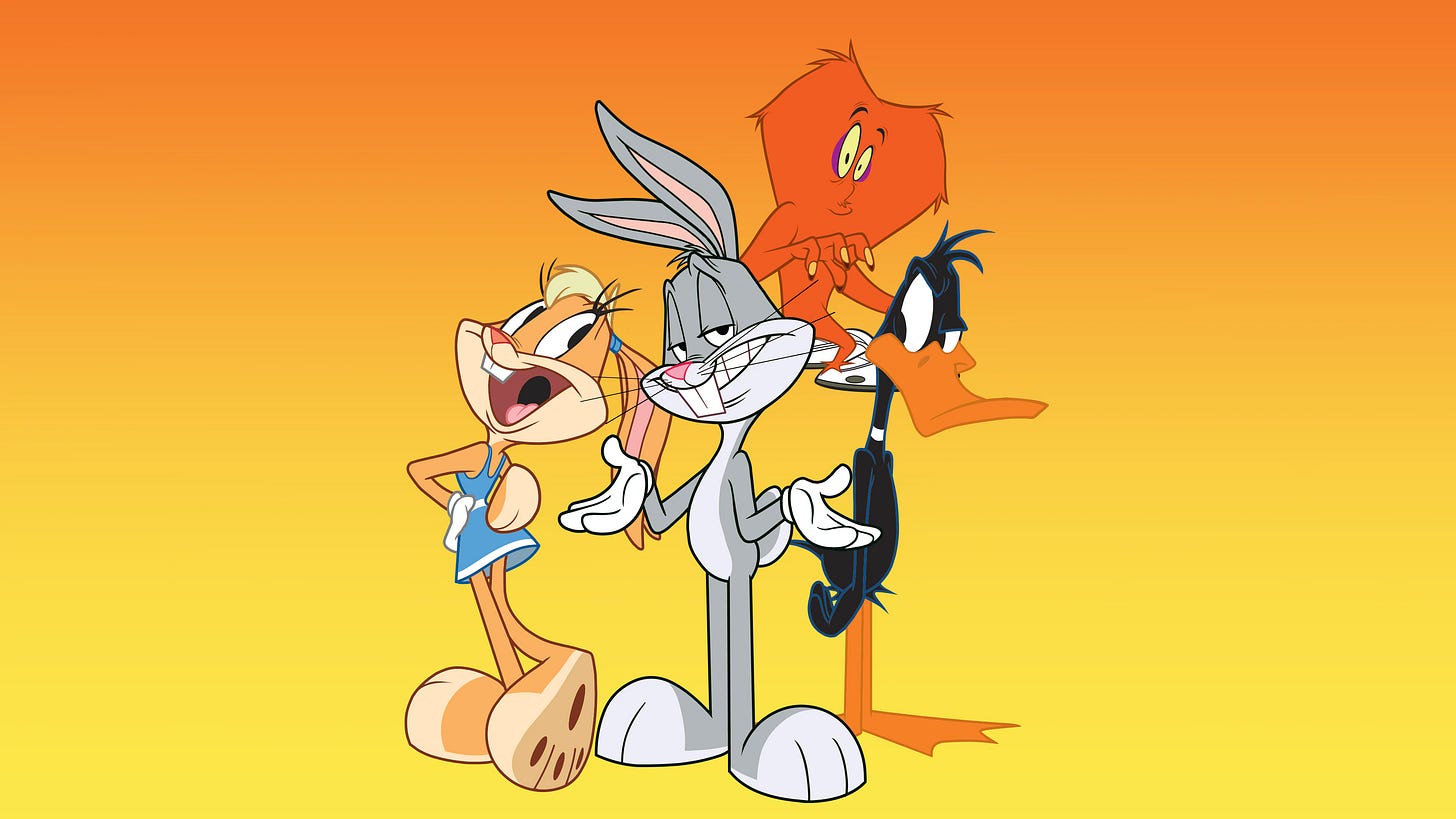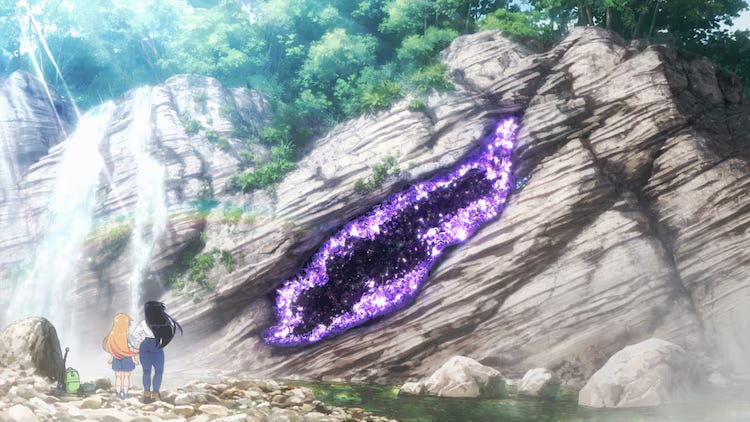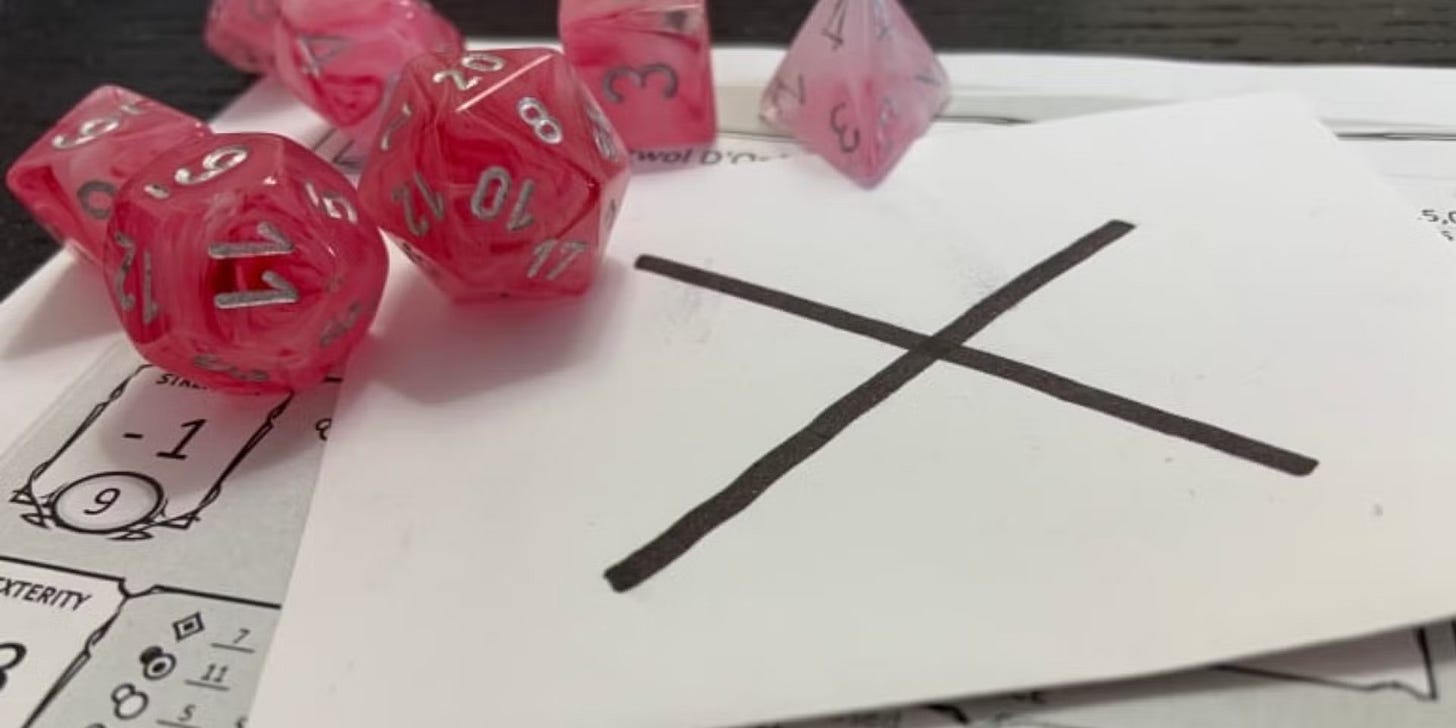Is anybody still playing Ultima Online in 2025?
Spoiler: yeah. And the reason why is probably more interesting than you think. While the MMO world has moved on to cross-platform battle passes and microtransaction hellscapes, the world of Britannia is still quietly buzzing—because some players never left. And with Broadsword Online Games launching a new Japanese server in March 2025, this 1997 classic isn’t just hanging on—it’s evolving.
Let’s dive into the roots of one of the most influential MMOs of all time, why it’s still being played nearly three decades later, and how its old-school mechanics are still shaping modern games in 2025.
The Sandbox That Started It All: Ultima Online’s Revolutionary Roots
Back in 1997, most gamers were still figuring out how to install TCP/IP drivers. Then Ultima Online showed up and changed everything. It didn’t just popularize the MMORPG—it defined the genre.
Ultima Online, developed by Origin Systems and published by EA, offered something revolutionary at the time: a persistent world with thousands of players, real-time combat, crafting, housing, trading, looting, guilds, betrayals, and social drama. It was the Wild West of online gaming. Want to be a tailor or a thief? A bard or a bounty hunter? It let you live out your fantasy without railroading you into a class or quest line.
And then there was the infamous moment in 1997 when player Rainz assassinated Lord British—Richard Garriott’s in-game avatar—during a stress test. One fire spell. One bug. One legendary moment.
Ultima Online Today: A Niche But Thriving Community
So who’s left roaming Britannia in 2025?
Plenty of people, actually. Broadsword Online Games—who took over the official servers from EA in 2014—are still releasing updates, seasonal events, and expansions. On March 21, 2025, they launched the New Legacy Japan server, aimed at Japanese players looking to experience a modernized but faithful version of the original game.
Meanwhile, unofficial “freeshards” like UO Outlands and UO Renaissance offer alternate experiences, usually stripping the game back to its 1997 pre-Trammel roots or adding custom content. And in many cases, they’re pulling bigger numbers than the official servers.
It’s not a mainstream hit anymore, but it has something most MMOs lack: staying power.
Why Ultima Online Endures: Freedom, Community, and Nostalgia
Modern MMOs often guide you from Point A to Point B. UO hands you a shovel and tells you to find Point Z if you feel like it. That freedom is still unmatched. You can be a miner and never swing a sword. You can be a full-time PvP assassin. Or just decorate your in-game mansion. The game doesn’t care—it just keeps running.
And then there’s the community. We’re talking about guilds that have been around for over 20 years. In 2024, the Entertainment Software Association found that gamers increasingly prioritize social features and cooperative play. UO was doing that before it was cool.
There’s also a strong nostalgia pull. It’s the comfort food of MMOs. Many players are now parents who log in to the same accounts they used as teens. And they’re still bickering in chat about rune libraries and vendor placement.
Navigating Modern Challenges: Censorship and the NFT Debate
In a year where Silent Hill f was banned in Australia for themes like drug use and child abuse, UO’s design feels downright wholesome. The horror in Ultima Online comes from players robbing you blind or stabbing you outside a bank—not graphic cutscenes.
That hasn’t stopped its creator, Richard Garriott, from ruffling feathers in 2025. His NFT-powered MMO Iron & Magic has been met with a mix of laughter and eye rolls from longtime fans. The blockchain gimmick feels like a betrayal to those who loved UO for its grounded, player-run economy.
Ultima Online’s Lasting Legacy: Inspiring a New Generation
If you’ve ever built a base in Rust, traded in EVE Online, or formed a guild in Final Fantasy XIV, you’re standing on UO’s shoulders. Even Minecraft’s newly added flying Happy Ghast mechanic—allowing multiple players to ride a floating mob—feels like something Ultima Online would’ve inspired.
And the influence keeps spreading. The freeshard community shows no signs of slowing. Broadsword’s New Legacy Japan server is proof that there’s still room to grow, even on the doorstep of UO’s 30th anniversary.
Weigh In: Are You Still Playing Ultima Online?
Is UO your forever game, or did you leave Britannia behind years ago? Are modern MMOs missing the point, or has the genre evolved for the better? Drop your thoughts in the comments or ping us on X @DREZZEDNews.
News compiled by Derek Gibbs and Edgar B.
D/REZZED Gaming News is part of Clownfish TV. Subscribe to our newsletter at drezzed.substack.com
D/REZZED provides Balanced and Based Gaming, Pop Culture, and Paranormal News. Opinions expressed do not necessarily reflect those of hosts, editors, other contributors, affiliates, sponsors, or advertisers. Our articles are human-edited but may utilize AI assistance for research and grammar. Articles may include affiliate links; we may receive a commission for purchases made through these links. Any products or services received for review are disclosed, as are any sponsored posts.







































































